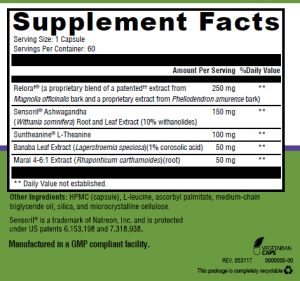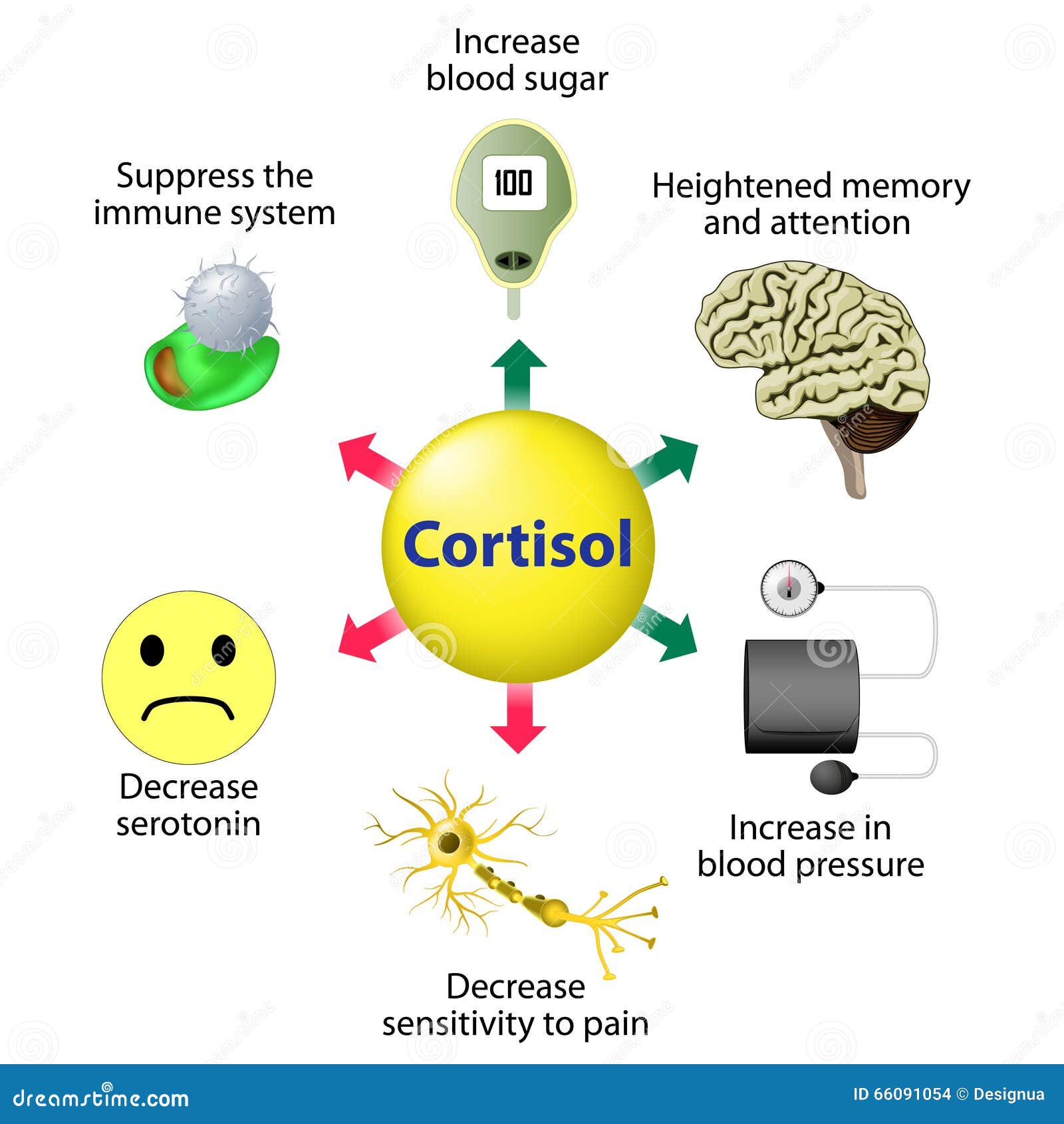
In vitro translation of inosine-containing luciferase RNA reduces resulting luciferase activity, which is only partly explained by reduced abundance of the luciferase protein produced.

Here, we demonstrate that excess ITP in the nucleotide pool during in vitro transcription results in T7 polymerase-mediated inosine misincorporation in luciferase RNA. While the biochemical activity of ITPase is well understood, the pathogenic basis of ITPase deficiency and the molecular and cellular consequences of ITP misincorporation into RNA remain cryptic. Statistical analyses were performed with a 1-way ANOVA, P = 0.517.įailure to prevent accumulation of the non-canonical nucleotide inosine triphosphate (ITP) by inosine triphosphate pyrophosphatase (ITPase) during nucleotide synthesis results in misincorporation of inosine into RNA and can cause severe and fatal developmental anomalies in humans. Serum samples were prepared from P16 control and ItpacKO male and female mice and analyzed for their cortisol contents using DetectX Cortisol Enzyme Immunoassay Kit (Arbor Assays, Ann Arbor, Michigan, USA). Two adjacent thin sections of paraffin-embedded adrenal glands from P16 control (upper) and Itpa-cKO (lower) female mice were subjected to H&E staining (left) and immunohistochemistry with anti-ITPA. (B) H&E staining and ITPA immunohistochemistry of the adrenal glands. control male (cont ) **P = 0.0028, cont (F) vs. Kruskal-Wallis test, P = 0.0005 Steel-Dwass test, control female (cont ) vs. Statistical analyses were performed with the Kruskal-Wallis test followed by the Steel-Dwass test for a post hoc comparison. The relative volumes of the adrenal glands from P16 Itpa-cKO and control male and female mice were calculated as cubes of their longest diameters followed by normalization with their body weights (normalized volume of adrenal gland) and shown as box plots.

(A) Relative volume of the adrenal gland. Being able, through research, to tie observed behaviors to measured fluctuations in hormones related to stress or reproductive state can provide a great deal of insight into what those behaviors might represent and what, if anything, might be able to be done to alleviate them.Female-specific hypoplasia of adrenal glands. But the reasons behind the behaviors we observed can be elusive. Observational data will always be the most abundant data available for animals, be they captive or wild populations. In the future, increases in hair plucking behavior can be noted as a possible sign of increasing stress levels and investigated accordingly. The correlation of the observational data with measurements of cortisol allows researchers to definitively link this hair plucking behavior with stress levels. were able to establish a significant positive correlation between self directed hair plucking and urinary cortisol levels, measured using our DetectX® Cortisol EIA kit (K003) amongst female bonobos but not the males. 1 Incidences of grooming and hair plucking were observed and recorded over a 128 hour period, and urine samples were collected and analyzed for cortisol. Earlier in 2016 researchers studied hair plucking behavior in a group of bonobos, an endangered great ape, at the Columbus Zoo and Aquarium. Hair plucking behavior is also observed in other primate species, but the line between normal grooming behavior and that which is linked to stress must be established. In humans, trichotillomania is definitively linked to chronic stress and is diagnosed primarily in women and adolescent girls.

As an example, let us consider compulsive hair plucking. However, when considering animals housed in groups, those whose interactions with humans are limited, or native populations of animals in the wild, it can quickly become difficult to determine what level of a particular behavior is normal and what constitutes a stress induced behavior. It is critical, therefore, that they are able to recognize when an animal is stressed so steps can be taken to minimize the stress as soon as possible. Caretakers have the duty to monitor and alleviate stress if possible. Psychosocial and environmental stress can have significant effects not just on day to day mood and demeanor, but also on the immune system, reproduction, and life span. Stress – the condition keepers and animal husbandry professionals most want to avoid for the animals in their care.


 0 kommentar(er)
0 kommentar(er)
